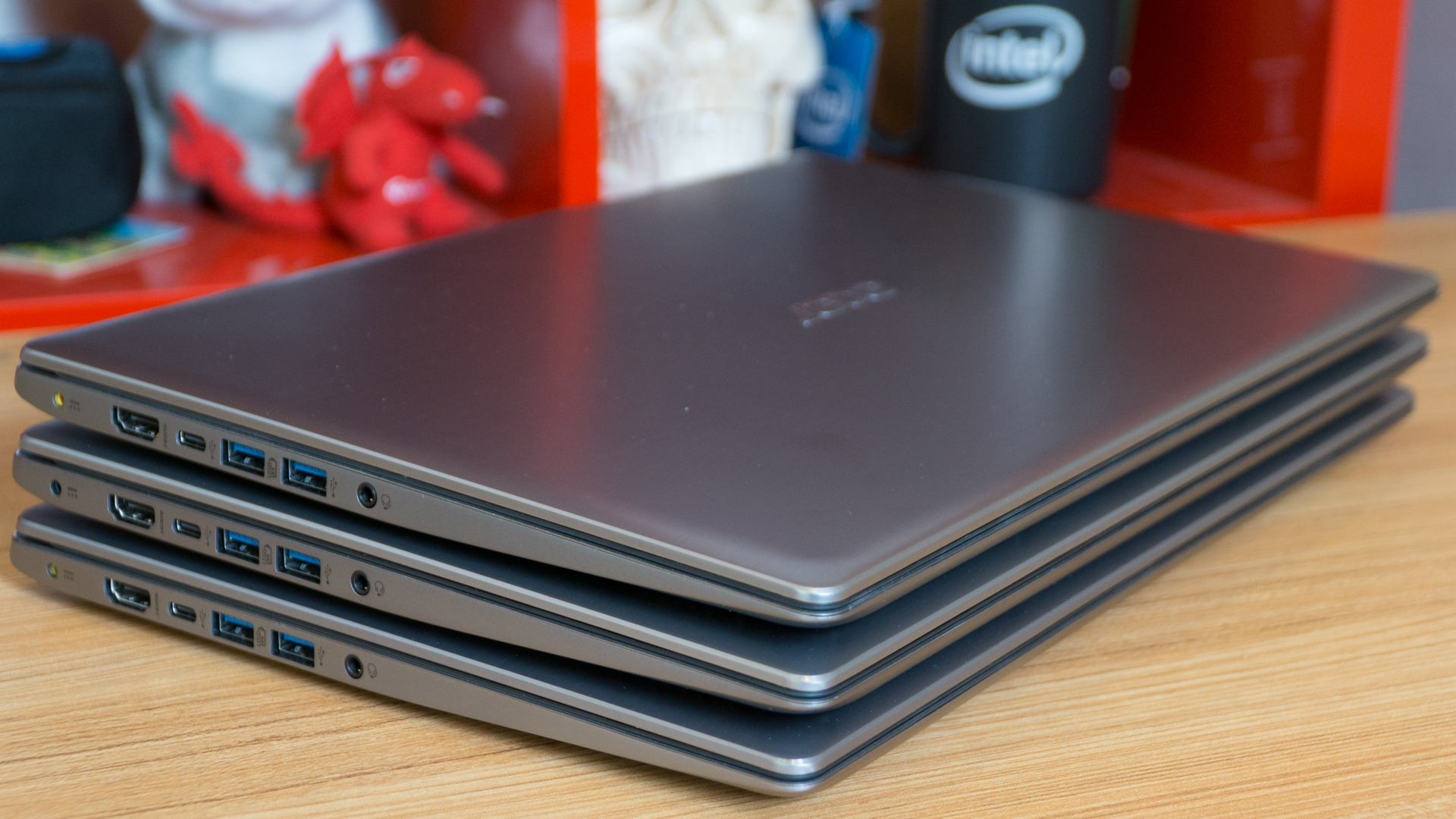
By Joe Osborne
Not too long ago, Intel had released its Kaby Lake Refresh (henceforth Kaby Lake R), or 8th-generation processors for laptops and tablets. At the time, they were billed as an evolution of the previous, 7th-generation chips, bringing quad-core designs to the i5 line and therefore more power.
However, these chips have also been said to boost efficiency when it comes to power consumption.
That said, let’s say you’re at the local computer store. In an aisle littered with choices, you’ve narrowed it down to one laptop, but there are two models side-by-side. One is housing an Intel Core i7 Kaby Lake (last year’s 7th-generation) processor, and another a Core i7 Kaby Lake R (this year’s 8th-generation).
With the chance to save, say, $100 (or £100) in this case, how much more would you really be getting out of that most up-to-date model to make that extra cost worthwhile?
We’ve tested this real-life dilemma with three versions of the same Acer Swift 3 laptop – one with a 7th-gen Intel Core i5, one with an 8th-gen Intel Core i5 and one with that same chip and Nvidia MX150 graphics installed – to demonstrate.
As it turns out, the differences are rather striking in …read more
Source:: techradar.com – Computing Components

 Previous post
Previous post
 Next post
Next post